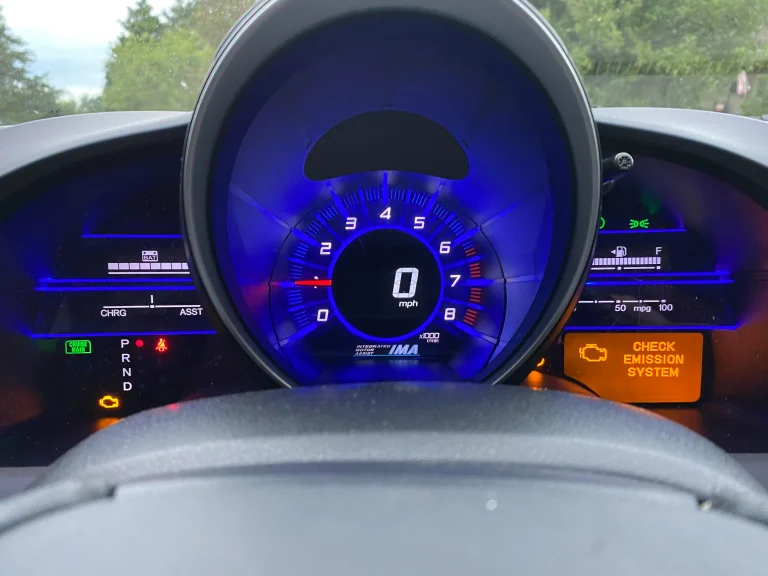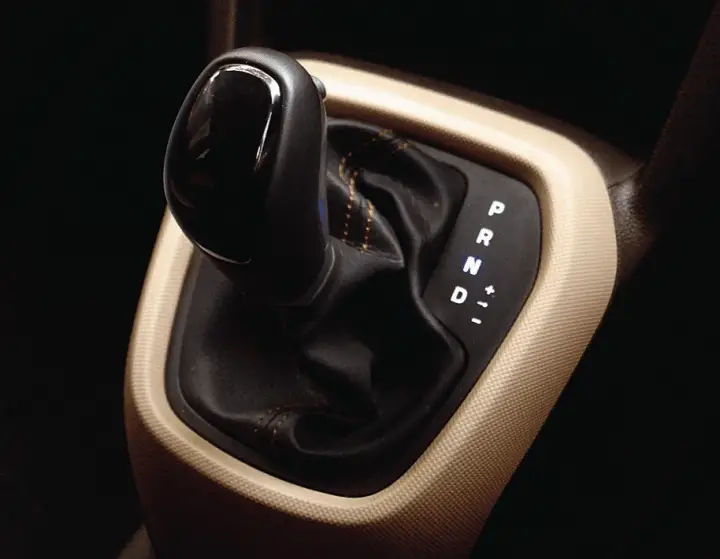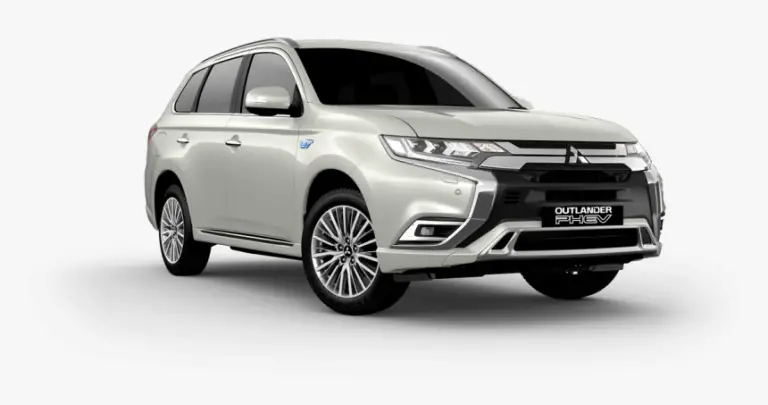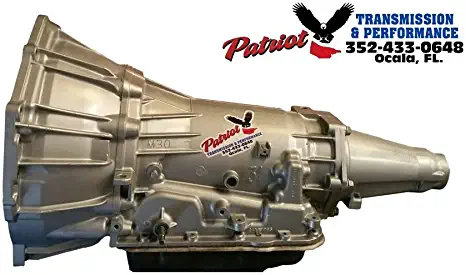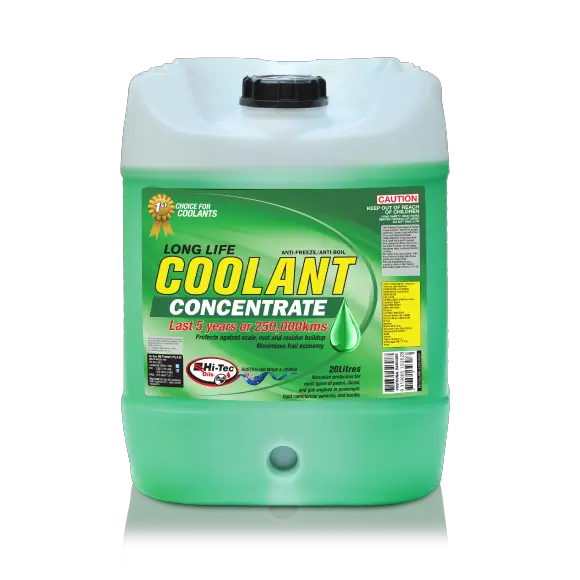Cords Showing on Tires – What Does It Mean?
If you see cords on tires when you inspect them, it’s a good idea to catch them before they cause a big disaster.
You will likely be on the lookout for any red flags on your tires as you lock more miles into your tires. You may have noticed that the cords are exposed through the tread.
If you can see the cords on the tires, they are worn out and need to be replaced immediately. Don’t stop reading to find out what you should do.
You don’t want the tire cords to show, they are a very important part of the tire’s internal structure. If you see cords on your tire, you should change them immediately.
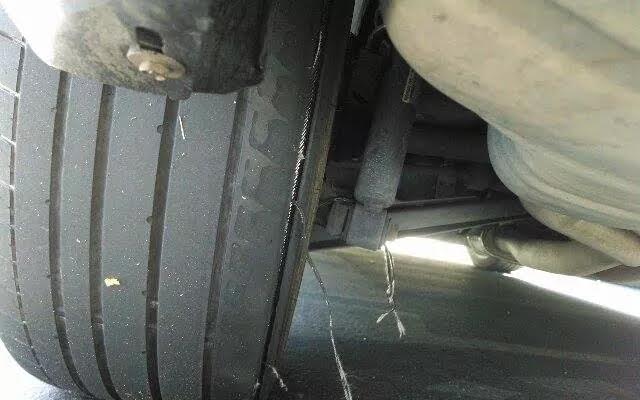
What Does It Mean?
If you see cords on the tires, that is a sign that the tires have been worn beyond their intended purpose.
The tire is no longer fit for purpose as its structure has been compromised and it’s not safe to drive on it.
It’s illegal to drive with cords on the tires. The amount of material on a tire will start to wear down.
Once the tread has worn down, if the tire continues to be driven, it will begin to wear down through the different parts of the tire.
What Are Tire Cords?
The shape of a tire is maintained by the use of tire cords. They are made mostly of nylon and can sometimes be formed of steel.
The tire cords help maintain the stability of the tire and are an important part of keeping the drive comfortable.
What Causes are Cords Showing on Tires?
The tread of your tires has been designed to provide traction. This thread will start to wear away over time.
When the tread of the tires is worn through, it’s known as balding and compromises your tires.
You may notice that the cords in your tire start to show when you bald your tire. This is a sign that the wear is not evenly distributed.
Just through miles of driving, the tires will be bald. There are things you can do to make your tires bald quicker.
Depending on what part of your tire is balding, you can find out what’s causing it.
Why Do Tires Go Bald in the Middle?
If your tires seem to be bald in the middle, that could be a sign that you are inflating them too much.
Too much air pressure in the tire causes the center ring to be exposed to the road and the rest of the tire to not contact the road at all.
Always consult the tire’s user manual if you want to maintain the right level of pressure in the future.
Why Do Tires Go Bald on the Sides?
If the tire is bald on the sides, that is a sign that your wheel alignment isn’t good. The tire has too high a load on its sides because of the leaning of your wheels.
Aging coil springs could be to blame for tires going bald on the sides. The spring coil and the vehicle as a whole will eventually lose their height as the age progresses.
Is It Safe to Drive When Cords Showing on Tires?
We recommend that you don’t drive when there are cords on the tires.
The tread is the only part of the tire that is designed to be in contact with the ground and once that has worn through the tire, it is not safe to drive on it.
Driving on bald tires is riskier than driving on regular tires.
Some of the dangers:
- Sudden blowouts
- Loss of air pressure
- Difficulty in handling
- Risk of hydroplaning
- Risk of heat buildup
- Increased stopping distances
If you notice exposed cords or other signs of tire balding, it’s important to address the issue immediately.
How Long Is It Possible to Drive on Worn Tires?
You do not want to be driving on worn-out tires. If your only other option is to drive to the shop, then you want to be as safe as possible.
If you want to go to your nearest mechanic, you should make your way directly.
The actual distance you can drive on bald tires depends on how worn the tires are but we can not stress enough that you should not drive on those tires.
If you don’t want to risk a drive to the shop, you can just put on a spare and make the drive.
How Can I Prevent Cords Showing on Tires?
It is important to look out for the maintenance of your tires and avoid problems like premature tire wear and cords showing.
Ensuring that your vehicles are serviced each year will allow the mechanic to point out that you need new tires before the cords start showing.
If you notice signs of tire wear, or the vehicle pulling to one side, make sure you get an alignment.
It is a good idea to have an alignment every few years regardless of the car’s condition.
It is important to keep an eye on the air pressure in your tires and keep them in line with your tire’s manual as both over and under-inflating can cause problems.
Remember to take care when you’re driving. If you take a curve too fast, it can compromise the structure of your tires.
Is It Legal to Drive Like This?
For example, Florida law requires at least 1/16 of an inch of tread on all tires when driving on public roads while California requires at least one inch of tread on all tires.
There are clear requirements on tire tread in 42 states as well as Canada, which could be violated by having cords on tires.
FAQs
Other Signs of Damaged Tires
The signs that you need to look out for are tire damage, as well as other signs. This could be similar to cords or tire bubbles.
When driving at low speeds or when the steering wheel is vibrating, other signs can be seen.
How Often Do I Need to Rotate My Tires?
It’s important to do tire rotation every 6 months or 7500 miles, which happens first.
How Often Should I Need to Get an Alignment?
Typically, we recommend that you get an alignment every few years. It depends on what you use your vehicle for.
It is a good idea to get an alignment every 1-2 years if you tend to drive on a lot of rough ground.
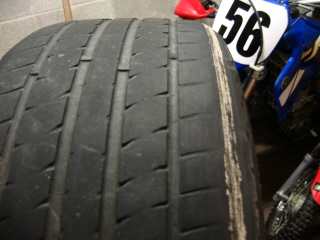
Conclusion
The sight of cords on your tires is not a good sign. It means that the structural integrity of the tire has been compromised and that it is no longer safe to drive.
If your tires have balded, you have only one option: get a replacement tire pronto. It could be an issue with your tire pressure, for example.
If that is the case, you should get an alignment or fix your pressure now so that you don’t end up with the same problem with your new tires.

Truck driver by profession, automotive lover by heart. Ricky is the main publisher and editor at Truckile.com sharing his life-long knowledge and experience in the auto industry and truck driving!

